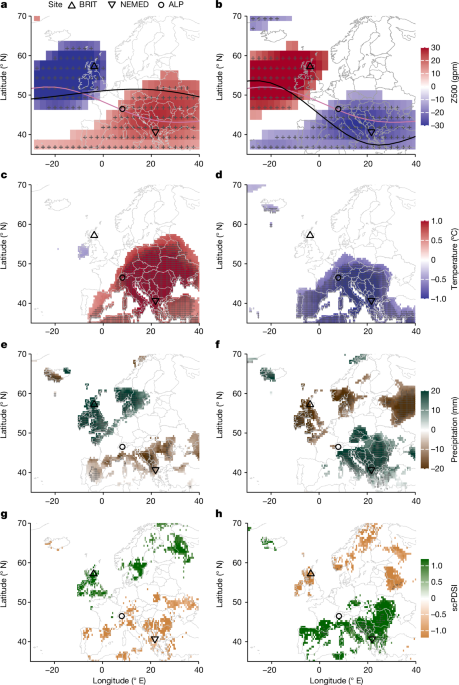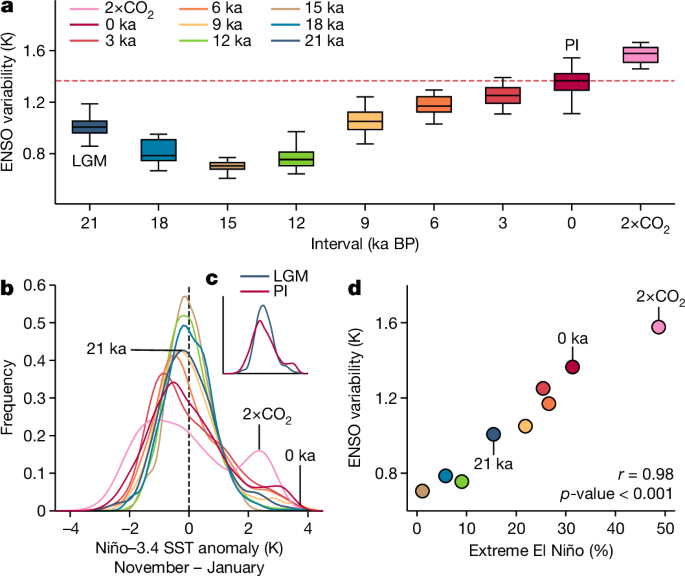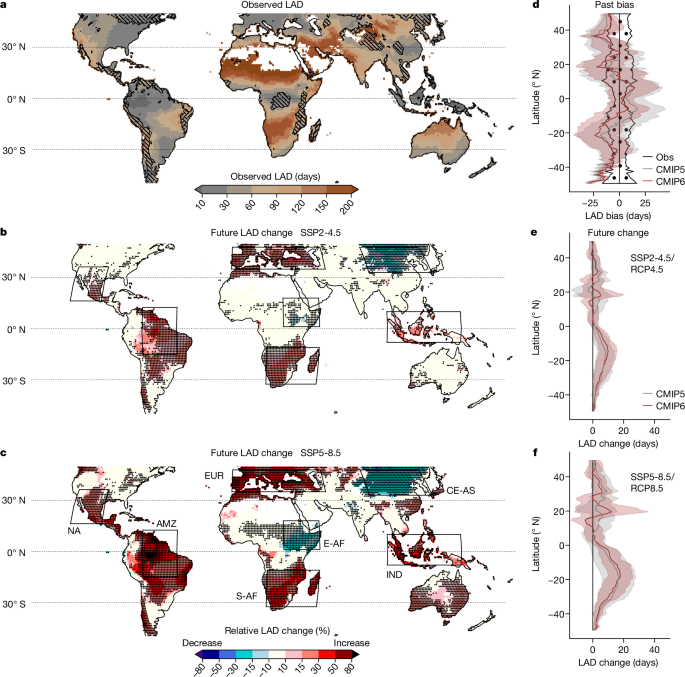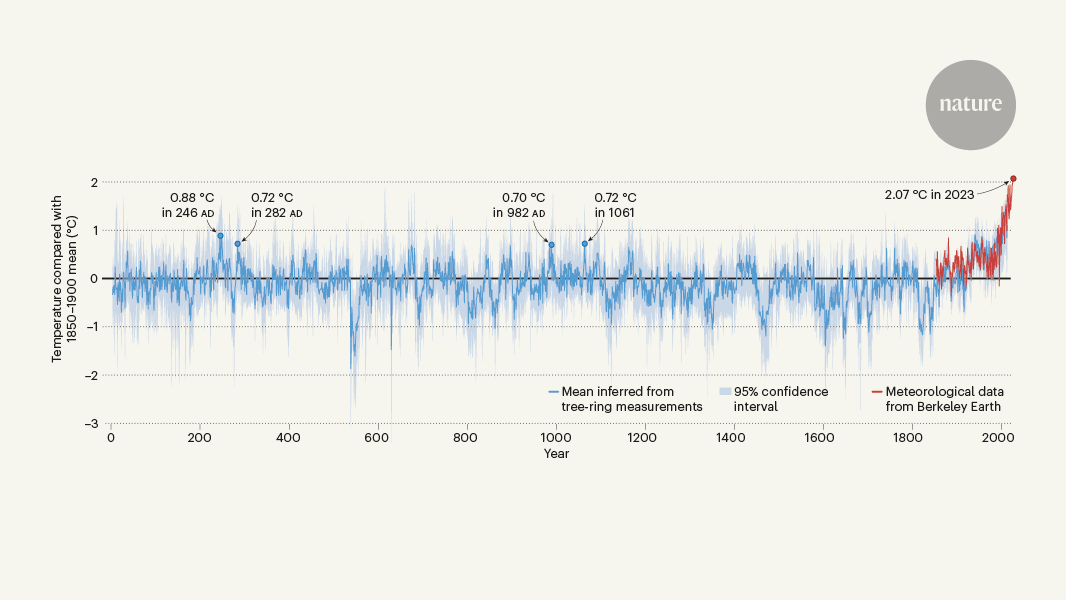Comprehensive Visual Analysis and Predictive Modeling of Global Temperature Variations
Global warming is accelerating, with temperatures projected to exceed the Paris Agreement's 1.5°C target as early as 2031 under high-emission scenarios. Transitioning to sustainable energy systems and enhancing forest protection are crucial to mitigate this crisis.

Identifying Climate Impact Pathways Using Random Forest Regression and Feature Importance
A novel data-driven method using Random Forest Regression and feature importance can identify and rank the interdependencies between climate variables, enabling the tracing of source-impact pathways from spatio-temporal climate data.

Reconstructing 700 Years of European Climate and Agricultural Impacts from Jet Stream Variability
Variability in the position of the summer jet stream over the North Atlantic-European sector has driven contrasting climate extremes and significant societal impacts in Europe over the past 700 years.

Numerical Simulations Reveal Mechanism Linking Past Glacial Changes to Increased Likelihood of Extreme El Niño Events in the Future
Numerical simulations uncover a mechanism that consistently explains changes in extreme El Niño events in response to past and future climate forcings, which is supported by paleoclimate data.

Climate Models Underestimate Increase in Longest Annual Dry Spells Globally
Climate model projections underestimate the increase in the longest annual dry spells globally by 42-44% on average compared to current high-end scenarios.

Causal Inference between El Niño-Southern Oscillation and Indian Ocean Dipole using Linear Inverse Modeling with White and Colored Noise
The causality between ENSO and IOD is mutual but asymmetric, with the causality map reflecting an ENSO-like pattern. Modeling the environmental noise as colored noise reveals a hotspot of noise memory in the Niño 3 region, which is further related to the information flow.

Climate Physicist Warns of Looming Atlantic Ocean Tipping Point Within 23 Years
The Atlantic Meridional Overturning Circulation (AMOC), a vital ocean circulation system, is showing signs of faltering and could reach a tipping point within the next 23 years, potentially leading to catastrophic climate disruptions.

Last Year's Summer Was the Warmest on Record in Over 2,000 Years
Last year's record-breaking global temperatures and extreme heat events around the world, including heatwaves linked to wildfires and reduced harvests, indicate a concerning trend of climate change.

2023 Northern Hemisphere Summer Temperatures Reach Unprecedented Highs in the Past 2,000 Years
The 2023 Northern Hemisphere summer was the warmest on record over the past 2,000 years, exceeding the 95% confidence range of natural climate variability by more than half a degree Celsius.

Changing Wind Patterns: Exploring the Impacts of Global Stilling and Shifting Atmospheric Currents
Global average wind speeds are slowing down over the long term, a phenomenon known as "Global Stilling," which has significant implications for climate systems and weather patterns.

